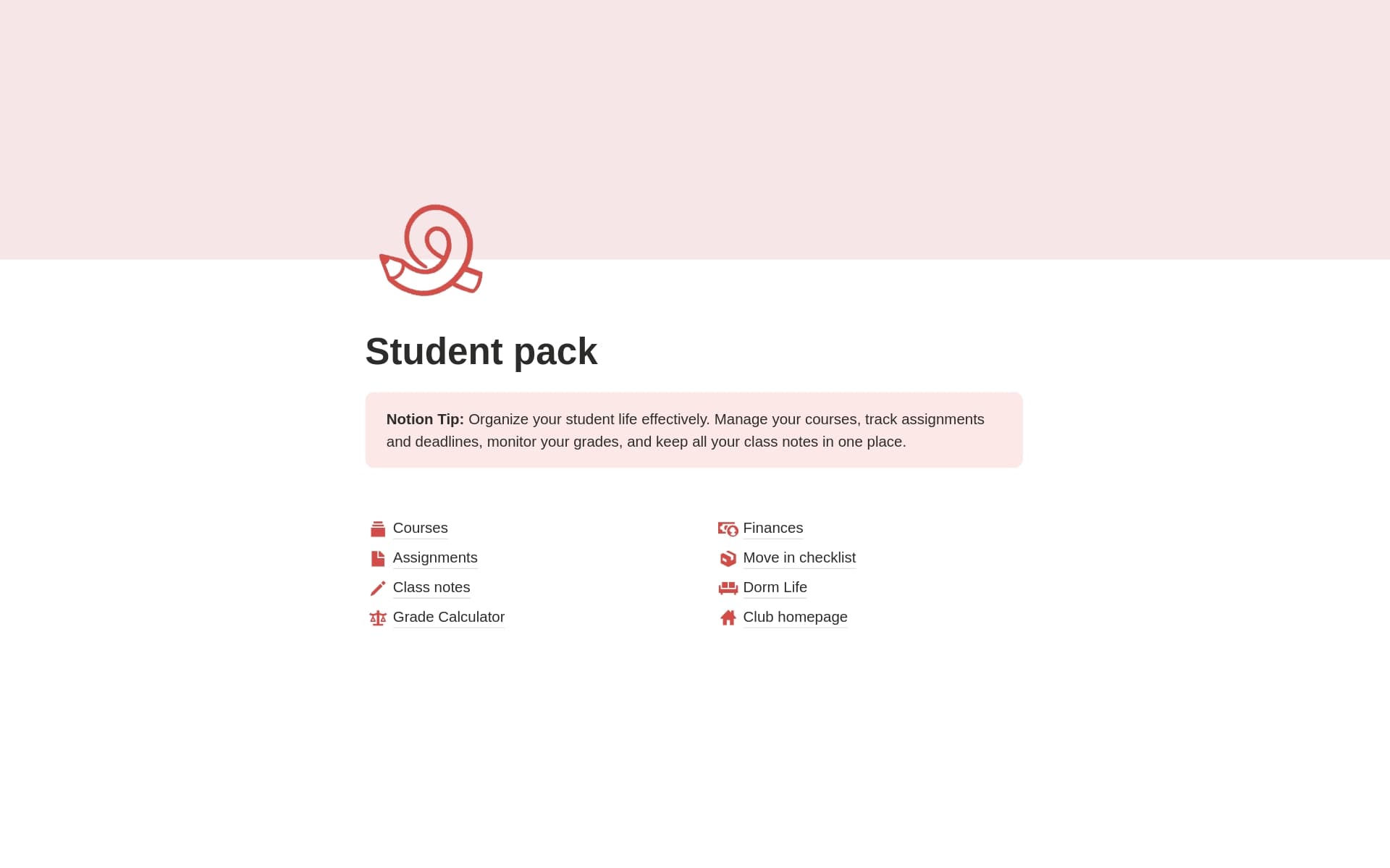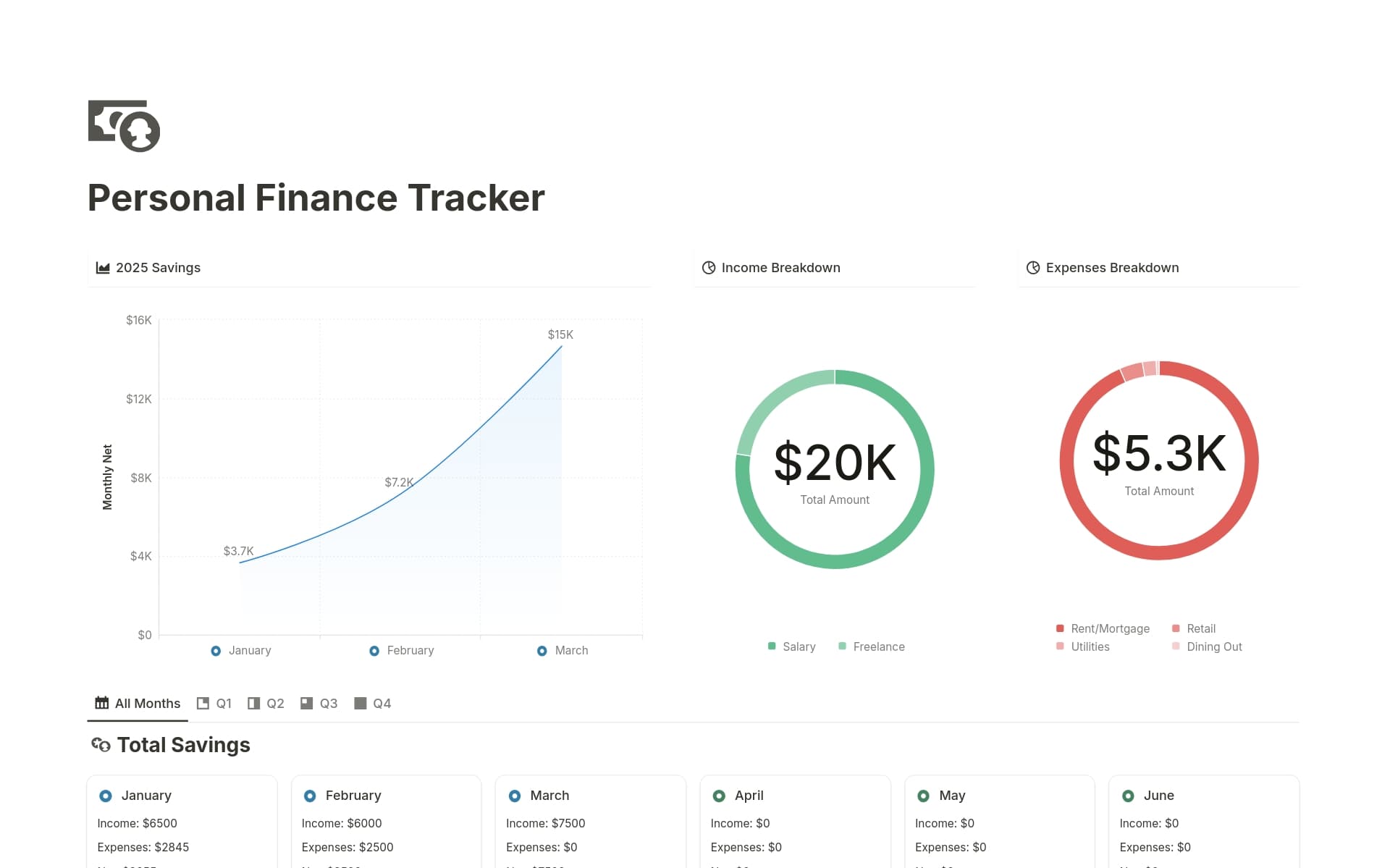For Mechanical Engineers, reflection on past projects and workflows is key to identifying areas for improvement and optimizing future work processes. A Retrospective template in Notion can structure this reflection, making it easier to capture insights and action points from past experiences. Before creating your own Retrospective template, exploring the examples below could streamline the process and enhance its effectiveness.
What Should Retrospective Templates Include?
Choosing the right retrospective template can significantly enhance the efficiency and effectiveness of project reviews for mechanical engineers. Here are key components to look for:
Clear Objectives: Ensure the template clearly outlines the goals of the retrospective, helping teams focus on specific outcomes.
Structured Activities: It should include well-defined activities that promote engagement and ensure that all team members contribute their insights.
Actionable Items: A good template facilitates the identification of actionable items, making it easier to implement changes and measure improvements.
Feedback Mechanisms: Look for templates that incorporate effective feedback mechanisms to foster continuous improvement and team communication.
Selecting a template with these components will help streamline the review process and lead to more productive and insightful retrospectives.
What Should Retrospective Templates Avoid?
Choosing the right retrospective template is crucial for effective project reviews. However, certain elements can hinder the process rather than help. Here are three key components to steer clear of:
Overly Complex Layouts: Templates with too many sections or complicated instructions can confuse users, leading to less productive sessions.
Irrelevant Metrics: Avoid templates that focus on metrics unrelated to project goals. This can divert attention from critical reflection points.
Fixed, Non-Customizable Fields: Templates that don't allow adjustments to suit specific project needs can be restrictive and less effective.
Remember, the best templates are those that facilitate clear, focused discussions and are adaptable to the unique dynamics of your team and projects.




